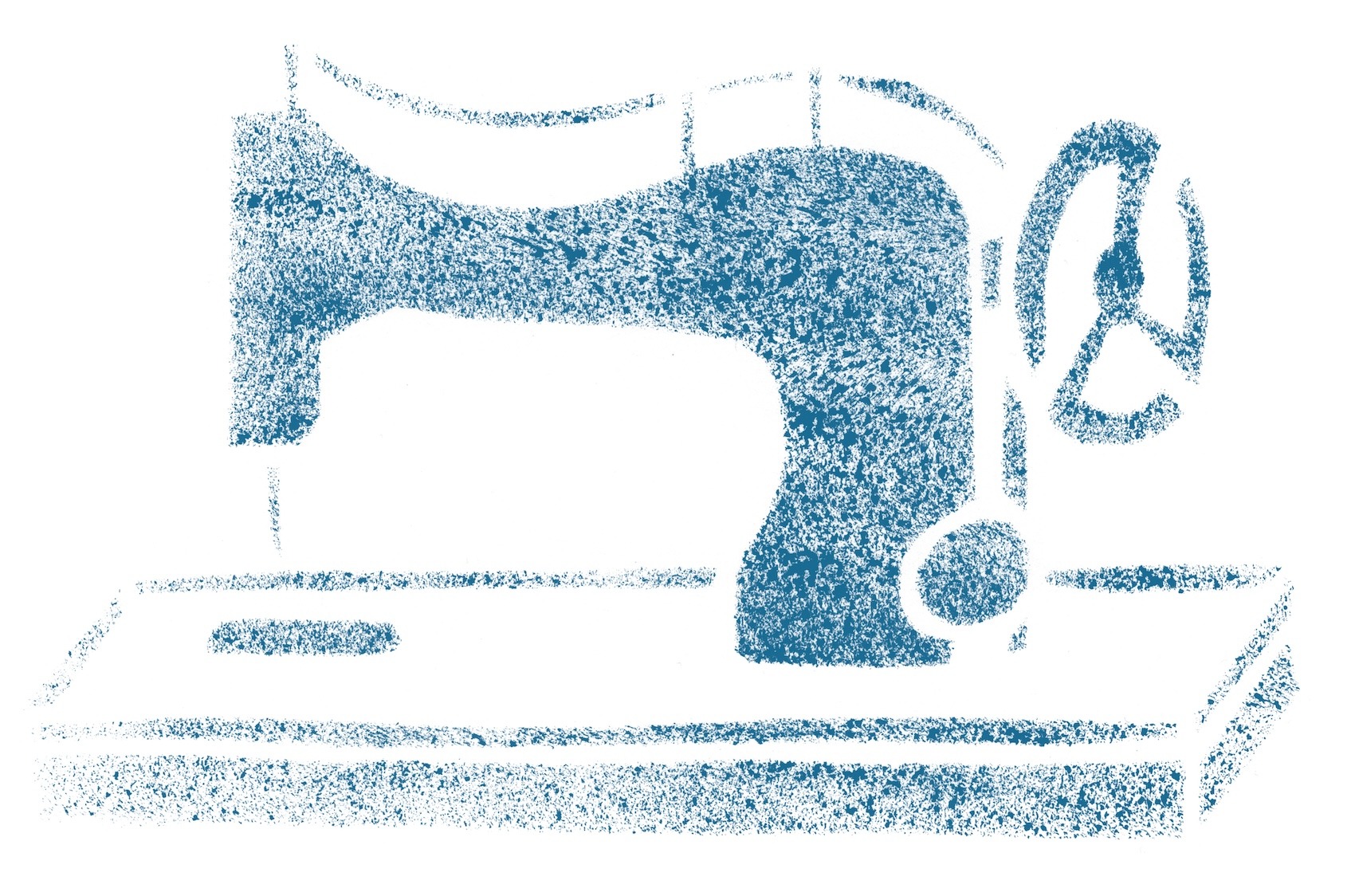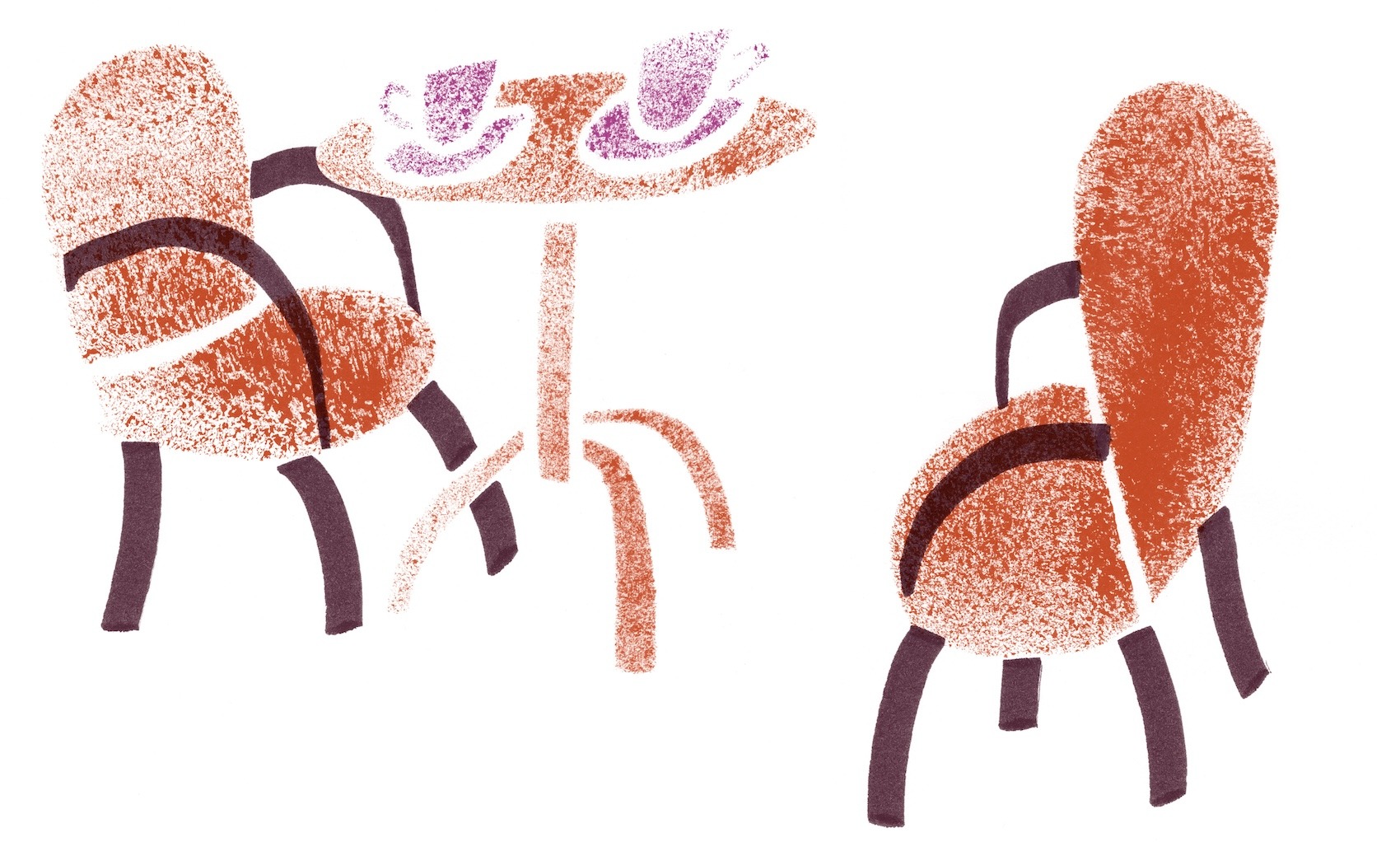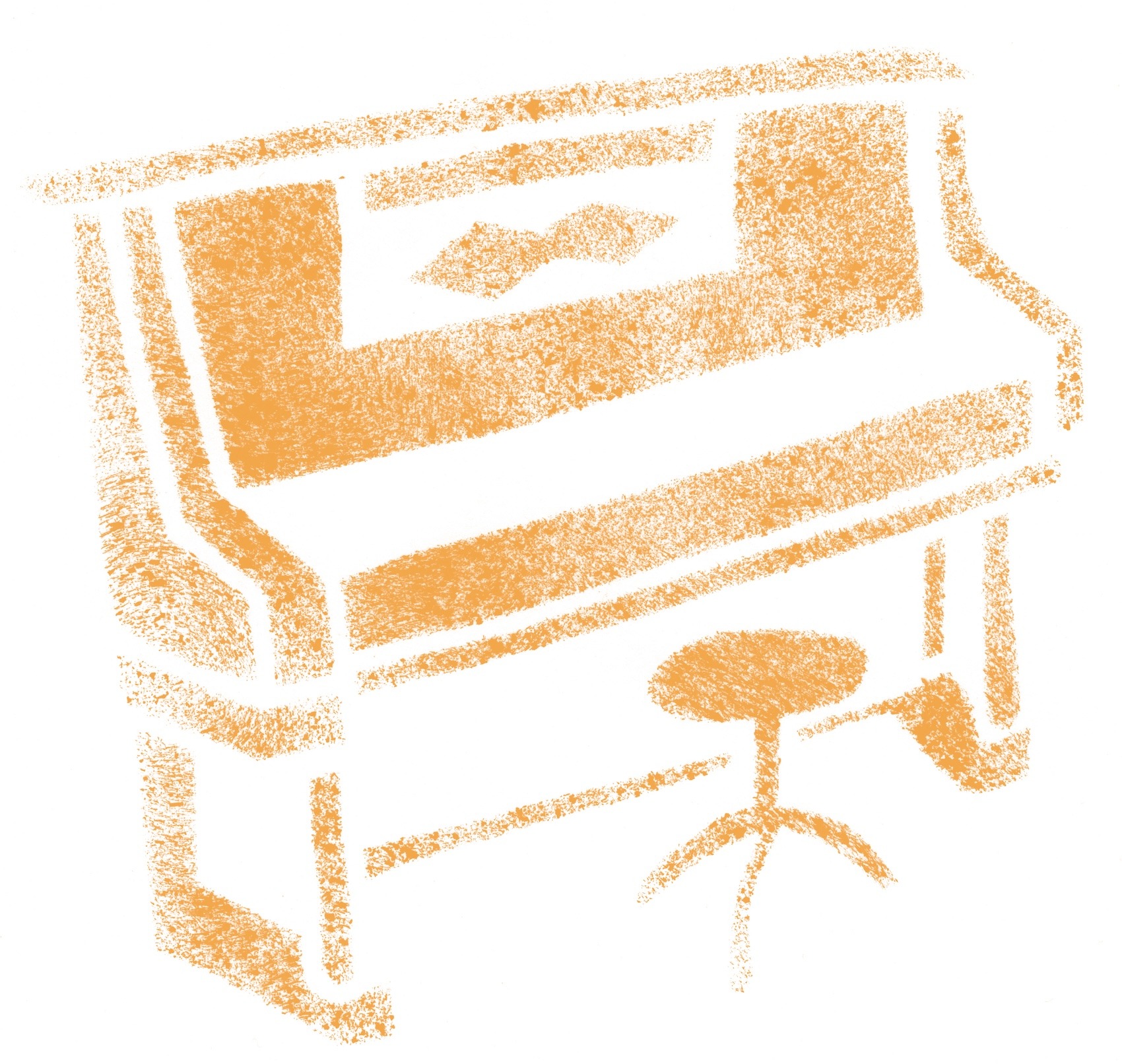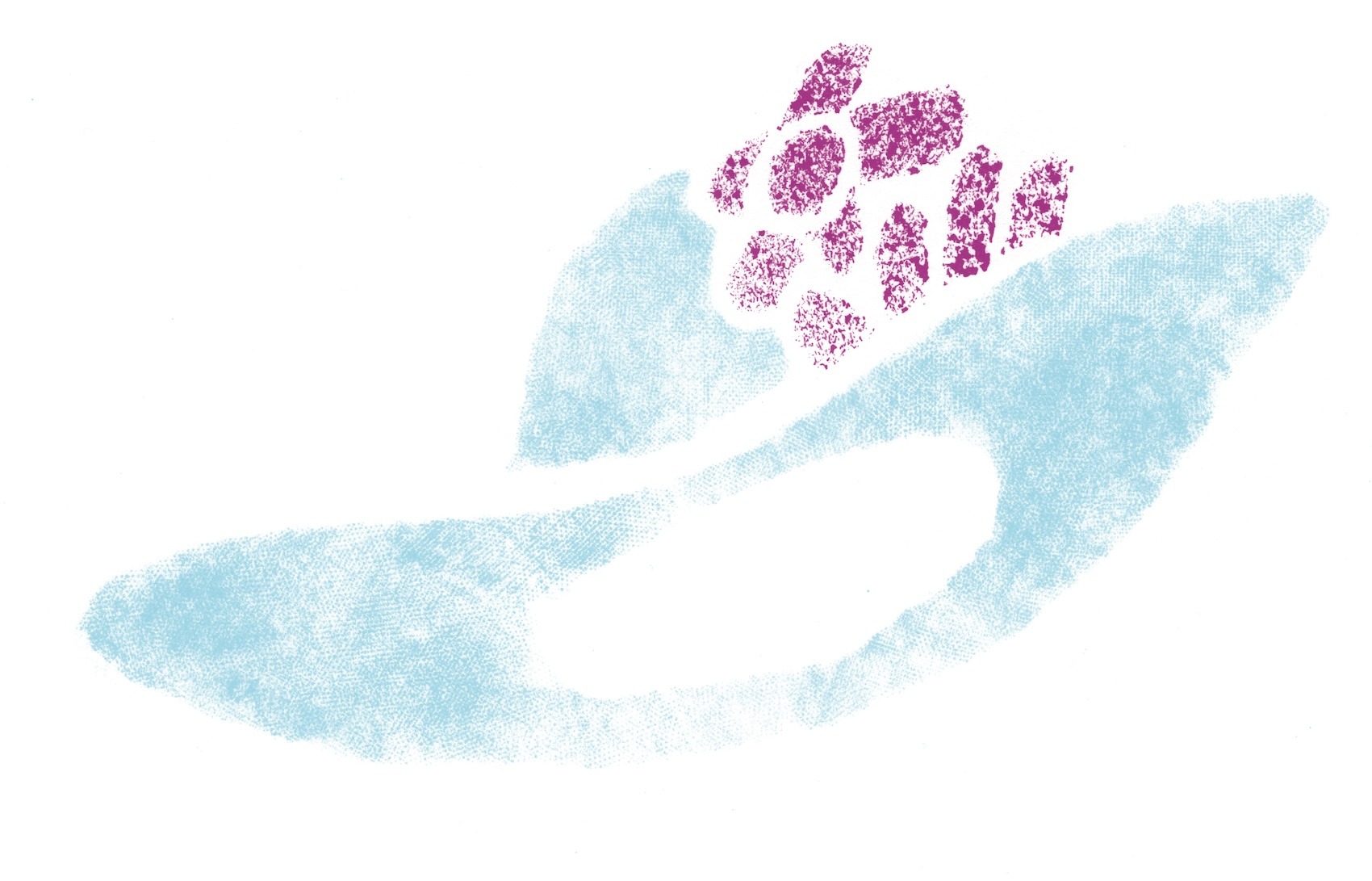Social Situation at the Time of the Culmination of the Women’s Movement around 1900
There was always some presence of feminist thought in the Czech society. But the heroes of both everyday life and extraordinary events to whom this exhibition is dedicated lived in a concrete time period when feminist thought was on the rise, when it influenced a number of important events that made a big difference in the lives of women and society as a whole.
Those fighting for women’s suffrage, right to study and work, decent wage, and social security lived their lives in concrete places. We put those places in the focus of this exhibition. They show us an often-ignored imprint of history. By using concrete places to recall the different historic events, we demonstrate the heritage of a number of women to whom social inequality was of central concern. They had the resolve to speak out even if their actions and decisions often came with negative personal consequences. In spite of those, they decided to build a girls’ gymnasium, establish a women’s production society, erect a women’s community centre, and educate both one another and the society as a whole. Their actions made a difference by allowing women to live more dignified and equal lives. This is why we in the 21st century can now show on a map that Prague was, is, and will be a FEMINIST CITY.
All the women you will get to know at the exhibition had a lot in common with the women of our time. They had similar desires, wishes, and concerns. Yet given the special relevance of certain historic circumstances, we chose to frame the content of this exhibition into several thematic areas.









